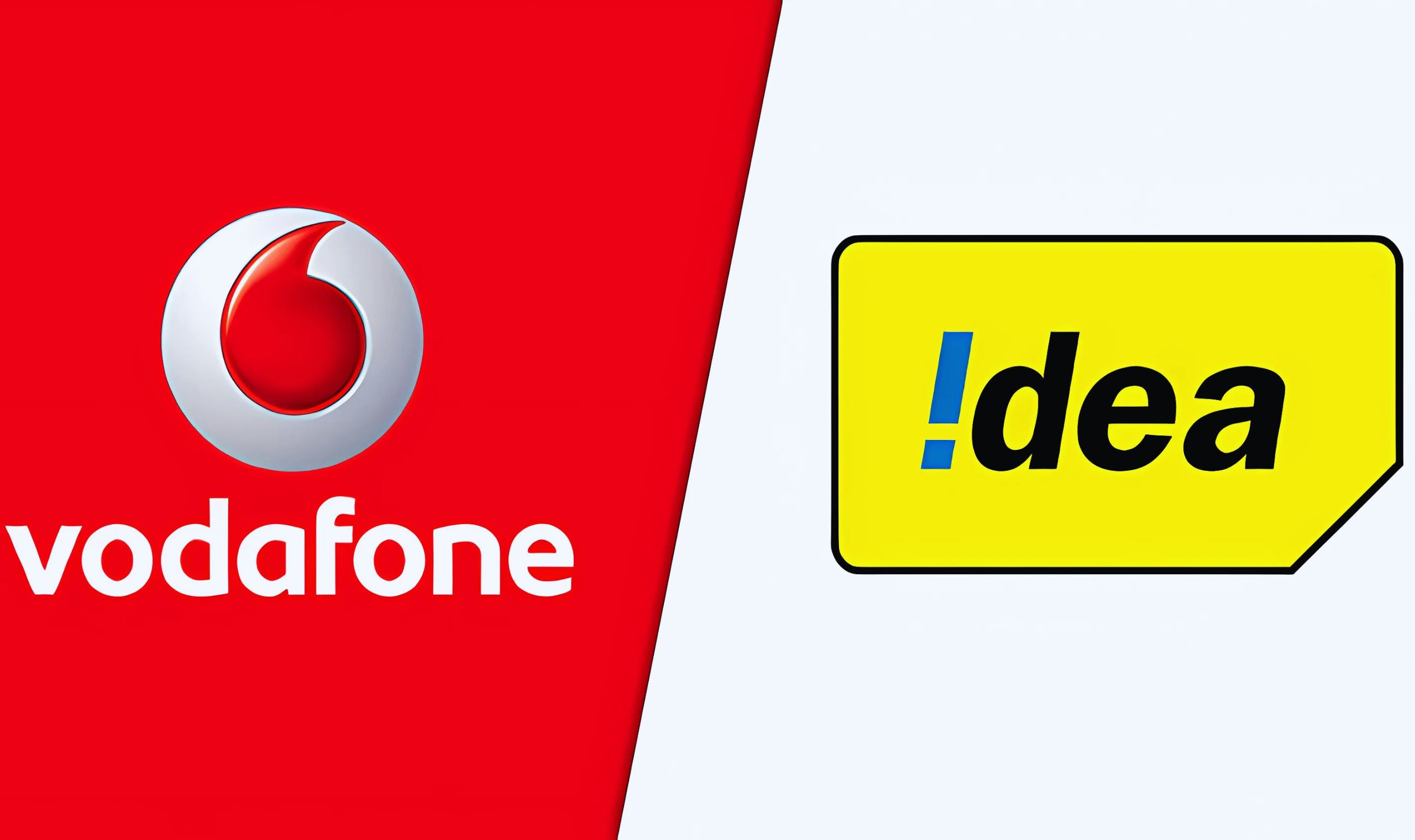The telecom industry in India has been undergoing significant changes in the past few years, with fierce competition, regulatory challenges, and technological advancements driving the sector’s transformation. One company that has faced its share of hurdles is Vodafone Idea (Vi), one of the major telecom players in the country. In the latest quarterly results for Q3 FY25, Vodafone Idea revealed a marginal improvement in its financial performance, but the market response to these results has been less than optimistic. In this blog post, we will take an in-depth look at Vodafone Idea’s Q3 FY25 results, the key factors driving its performance, and the outlook for the company moving forward.
A Closer Look at Vodafone Idea’s Q3 FY25 Financial Performance
On February 12, 2025, Vodafone Idea (Vi) reported its results for the third quarter of FY25, which ended on December 31, 2024. The telecom company saw a net loss of Rs 6,609 crore, which represents a slight improvement from the Rs 6,986 crore net loss recorded in the same quarter the previous year. While the narrowing of losses may seem like a positive development, the scale of the losses still paints a grim picture for the company, and the stock market reflected this with a 5% drop in shares shortly after the announcement.
Key Financial Highlights
- Revenue from Operations: Vodafone Idea’s revenue for Q3 FY25 stood at Rs 11,117 crore, marking a 4% increase from the previous year’s Rs 10,673 crore. This growth was driven by various factors, including tariff hikes and an increase in the number of customers subscribing to higher-priced plans.
- Average Revenue Per User (ARPU): The company’s ARPU, a key performance metric in the telecom industry, rose by 4.7% quarter-on-quarter, reaching Rs 173. This improvement in ARPU was attributed to tariff hikes and customers upgrading to higher data plans. However, Vi’s ARPU is still significantly lower compared to its competitors—Jio’s ARPU stands at Rs 203.3, while Airtel’s ARPU is Rs 245.
- EBITDA Performance: Vodafone Idea’s earnings before interest, taxes, depreciation, and amortization (EBITDA) improved to Rs 4,712.4 crore in Q3 FY25, up from Rs 4,549.8 crore in Q2 FY25. This improvement in EBITDA, driven by cost control measures and operational efficiency, highlights the company’s focus on stabilizing its operations despite ongoing challenges in the industry.
- Debt: The company’s total debt from banks stood at Rs 2,330 crore as of December 31, 2024. The mounting debt load has been a key concern for investors, as the company has struggled to balance its financial obligations with the need for investment in infrastructure and technology upgrades.
- Subscriber Base: Vodafone Idea reported a subscriber base of 199.8 million as of December 31, 2024. Approximately 63% of these subscribers are using 4G or 5G services, which indicates a growing shift towards higher-speed data services in the country. The company’s focus on improving its 4G and 5G networks is critical to retaining its customer base in an increasingly competitive market.
The 5G Rollout and Capex Investments
Vodafone Idea’s CEO, Akshaya Moondra, highlighted the company’s ongoing efforts to accelerate its capital expenditure (capex) deployment and the phased rollout of 5G services in key geographical regions. The company has made significant investments in upgrading its network infrastructure to support the growing demand for 5G connectivity. The 5G rollout is a crucial step for Vodafone Idea, as it aims to position itself as a key player in the emerging 5G ecosystem.
Moondra further emphasized the company’s highest-ever quarterly cash EBITDA of Rs 2,450 crore, which showed a 15% year-on-year growth. Despite the challenges, these investments are expected to yield positive returns in the long run, driving both operational and financial improvements for the company.
Challenges in the Retail Segment
While Vodafone Idea has made strides in improving its ARPU and increasing its customer base for 4G and 5G services, the retail segment continues to face challenges. Despite efforts to enhance its retail offerings, the company has faced competitive pressure from its larger peers, Jio and Airtel, which have more substantial market shares in the country.
The softness in the retail segment is likely to persist for a few more quarters, as Vodafone Idea navigates the competitive dynamics of the market. While its ARPU is improving, it still lags behind Jio and Airtel, making it difficult for Vodafone Idea to close the gap in terms of revenue per user.
1. Stock Market Reaction: A 5% Drop
The market’s response to Vodafone Idea’s Q3 FY25 results was lukewarm, with shares of the company falling 5% in early trading on February 12. The drop in share price reflects investor concerns about the company’s ability to generate consistent profitability amidst the ongoing competitive pressures and its significant debt burden.
The stock is currently down more than 56% from its 52-week high of Rs 19.15 and is hovering near its 52-week low of Rs 6.60. The steep decline in stock price is a clear indication of the challenges Vodafone Idea is facing in the market, as well as the broader challenges the telecom industry is grappling with.
2. Brokerage Outlook: CLSA’s ‘Underperform’ Rating
After the release of Vodafone Idea’s Q3 FY25 results, CLSA, a prominent brokerage firm, maintained its ‘Underperform’ rating on the stock with a target price of Rs 6 per share. This target price implies a downside potential of nearly 28% from the current price levels. CLSA’s caution is based on the company’s ongoing financial difficulties, including its high debt levels, the continued challenges in the retail segment, and the competitive pressures from Jio and Airtel.
Vodafone Idea’s Strategic Focus for the Future
Despite the challenges faced by Vodafone Idea, the company is not sitting idle. It has made several strategic moves to improve its position in the market. Some of the key strategies include:
- 5G Expansion: The rollout of 5G is one of the most significant initiatives for Vodafone Idea. By targeting key geographies and ensuring a smooth transition to 5G, the company aims to capitalize on the growing demand for high-speed data services. The success of 5G could help the company not only improve ARPU but also attract new subscribers who are eager to embrace the next generation of connectivity.
- Cost-Cutting Measures: In addition to investing in network infrastructure, Vodafone Idea has also implemented cost-cutting measures to improve profitability. These measures include streamlining operations, reducing unnecessary overheads, and optimizing its supply chain.
- Diversification of Services: Vodafone Idea is focusing on diversifying its revenue streams, including offering value-added services like digital content, e-commerce, and financial services. By expanding its offerings beyond traditional telecom services, the company can tap into new revenue sources and create additional growth avenues.
- Debt Reduction: The company is also focused on reducing its debt, which remains a significant burden. Vodafone Idea will likely continue to seek ways to manage and reduce its debt levels through strategic funding, asset sales, or partnerships.
Conclusion: What Does the Future Hold for Vodafone Idea?
Vodafone Idea has shown some improvements in its financial performance, particularly in terms of revenue growth and ARPU. However, the company continues to face significant challenges, particularly in the retail segment and with its high debt levels. While the 5G rollout presents a significant opportunity for the company, it will need to overcome its current difficulties to fully capitalize on this opportunity.
For investors, the stock presents both risks and potential rewards. The 5% drop in share price following the Q3 FY25 results reflects the market’s caution regarding Vodafone Idea’s ability to generate consistent profitability in the near term. However, the company’s ongoing investments in 5G infrastructure, efforts to reduce debt, and focus on diversification could help it navigate the competitive landscape in the long term.
In conclusion, Vodafone Idea’s stock remains a high-risk investment, but for those willing to take on the risk, it could present opportunities as the company continues to transform itself and adapt to the changing demands of the telecom market. The coming quarters will be crucial in determining the trajectory of Vodafone Idea’s stock price, and investors should stay informed and watch closely as the company rolls out 5G services and addresses its operational challenges.















0 Comments